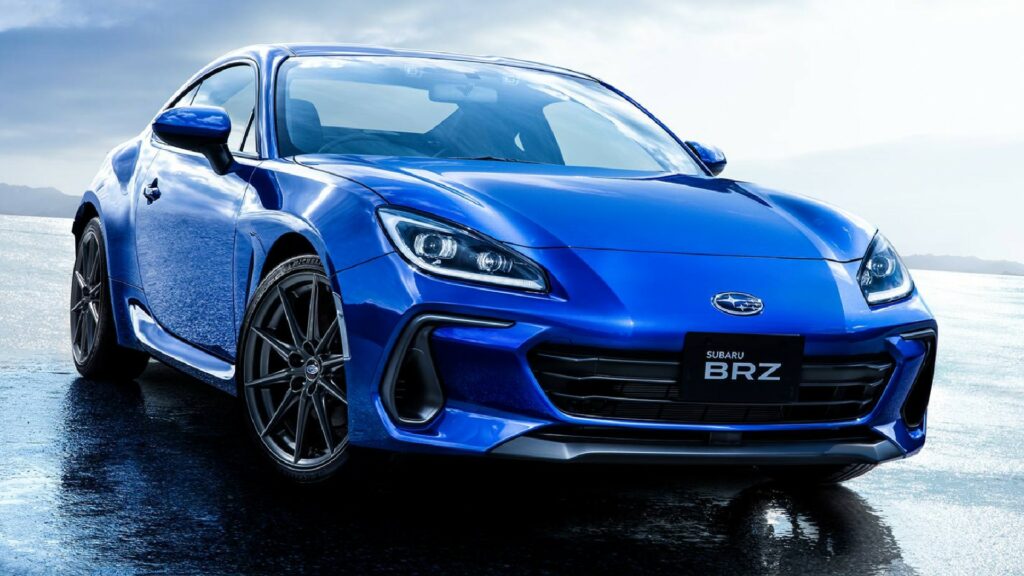The model will debut this fall, benefiting from the safety kit of the automatic variant
3 hours ago
 –>
–> 
–>
While several automakers are abandoning the manual gearbox, Subaru is not only keeping it alive but also combining it with more ADAS features. The first Subaru Eyesight suite for manual transmission vehicles will debut in a revised JDM-spec BRZ which is scheduled to arrive in fall 2023.
Subaru has sold more than 5.5 million vehicles with the EyeSight suite since its debut in 2008, but all of them came with an automatic gearbox. In a similar manner, the Subaru BRZ is already available with an array of ADAS but only in models fitted with the automatic transmission. This is going to change soon, with the manual BRZ adopting the same technology, likely paving the way for more manual models including the WRX.
More: JDM 2022 Subaru BRZ Gets The Tiniest Model Year Update On The Lighting Switch

Subaru said that the revised BRZ with the six-speed manual will gain pre-collision braking (AEB), adaptive cruise control, lane departure warning, collision avoidance assist, and more. Those additions will be made possible thanks to camera and sonar sensors borrowed from the automatic BRZ.
Manual models often feature less ADAS compared to their automatic equivalents. This happens because, in systems like the adaptive cruise control, the driver would have to change gears manually while the car accelerates/brakes automatically, something that needs a certain level of coordination. In order to avoid stalling, Subaru could limit the adaptive cruise control to speeds above 30 km/h (18 mph) in manual vehicles, which is reportedly the lowest limit for the 6th gear.
It is not clear if there will be any other upgrades to the Subaru BRZ this fall, but chances are that the “revisions” will be limited to the safety kit. Subaru wants to achieve zero fatal traffic accidents by 2030, which is why it expands the use of driver assistance and autonomous features in its lineup.
advertisement scroll to continue
The Toyota GR86 twin will soon be discontinued from Europe after a two-year production run due to not complying with the upcoming safety and emission regulations.

